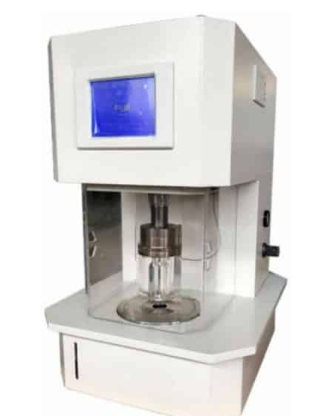
Pilot-operated Pressure-relief Valve
A pilot-operated safety-relief valve is a pressure-relief valve in which the major relieving device or main valve is
combined with and controlled by a self-actuated auxiliary pressure-relief valve (pilot).
Depending on the design, the pilot valve (control unit) and the main valve may be mounted on either the same
connection or separately. The pilot is a spring-loaded valve that operates when its inlet static pressure exceeds its set
pressure. This causes the main valve to open and close according to the pressure. Process pressure is either vented
off by the pilot valve to open the main valve or applied to the top of the unbalanced piston, diaphragm, or bellows of
the main valve to close it. Figure 7 illustrates a low-pressure diaphragm-type pilot-operated valve. Figure 8 and Figure
9 show a high-pressure pilot-operated valve that uses an unbalanced piston with an integrally-mounted pilot. Figure 9
also illustrates optional remote pressure sensing from the vessel and optional dual outlets to equalize thrust.
4.8.2 Applications
Pilot-operated safety-relief valves are generally used:
a) where a large relief area and/or high set pressures are required, since pilot-operated valves can usually be set to
the full rating of the inlet flange;
b) where a low differential exists between the normal vessel operating pressure and the set pressure of the valves;
c) on large low-pressure storage tanks (see API 620);
d) where very short blowdown is required;
e) where backpressure is very high and balanced design is required, since pilot-operated valves with the pilots either
vented to the atmosphere or internally balanced are inherently balanced by design;
f) where process conditions require sensing of pressure at one location and relief of fluid at another location;
g) where inlet or outlet piping frictional pressure losses are high;
h) where in-situ, in service, set pressure verification is desired.
4.8.3 Limitations
Pilot-operated safety-relief valves are not generally used as follows:
a) in service where fluid is dirty, or where there is a potential for fouling or solidification (e.g. hydrates, wax, or ice) in
the pilot or sensing line unless special provisions are taken (such as filters, sense line purging, etc.);




